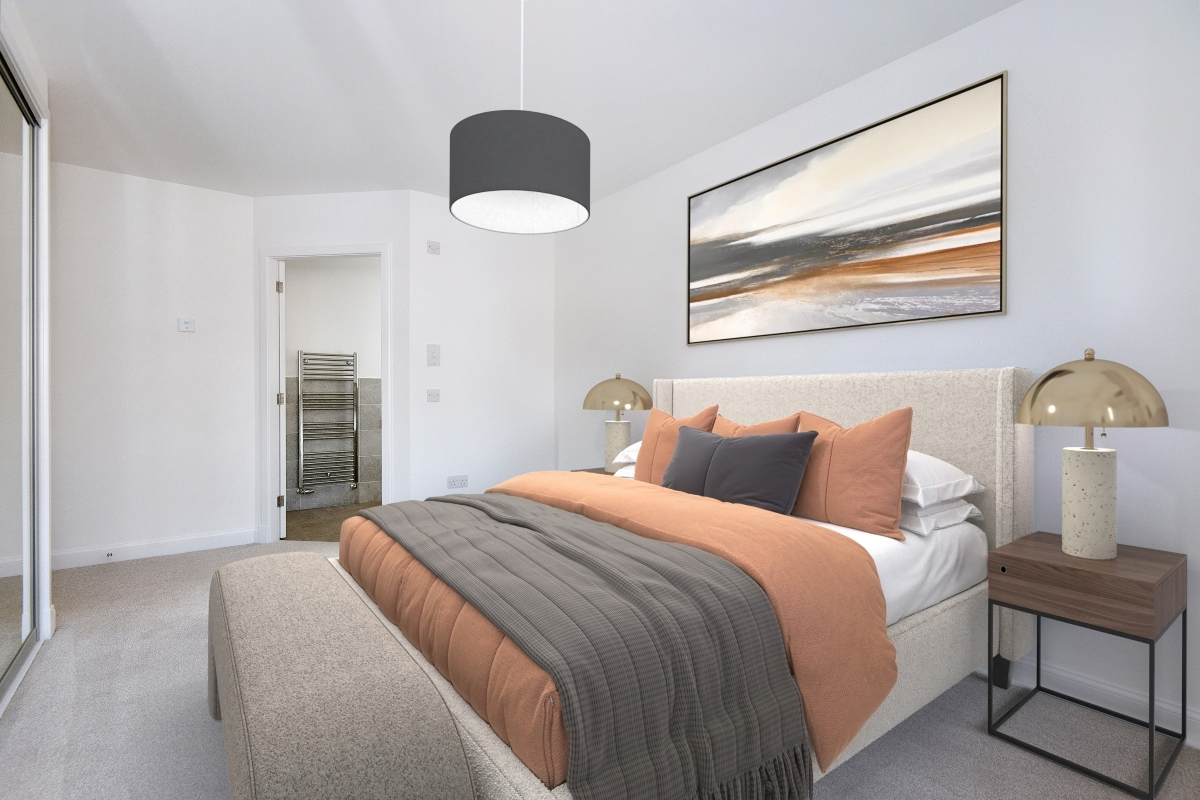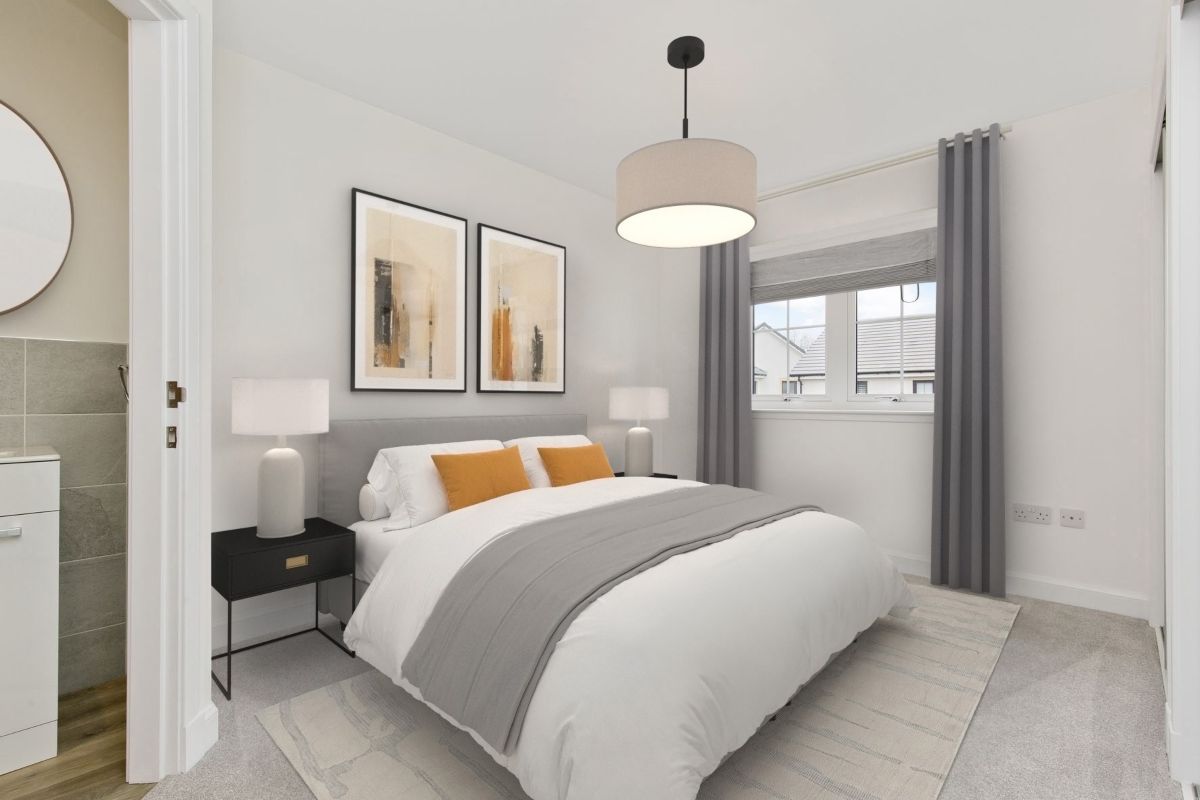Here’s a question you are not asked often: Have you age-proofed your home? While we invest time and money on weather-proofing, draught-proofing, and at one point in life, child-proofing our home, we forget that in our twilight years, we need a retirement-ready property. It could involve moving to the country for slow-paced living, tranquility, and scenic views to reminisce. Or you could be making changes to your current home for better comfort and safety. Either way, there’s nothing like taking charge of your independence and preparing for a home life without hassles or stresses as your senior years come knocking. So how do we bring a touch of Last of the Summer Wine to our autumnal years?
Build your equity
Home equity is a big deal. It gives you financial security when you can no longer make money from wages. As you pay off your mortgage and your property rises in value, your equity increases. You can build equity faster by making a bigger deposit and overpaying on the mortgage through higher monthly payments or with lump sum payments. However, there’s a payment cap on mortgage payments per year.
Paying off your mortgage is important for retirement planning. Mortgage debt will deplete your retirement savings and prevent you from accessing a home equity line of credit. Investing in valuable property and making home improvements that boost value further should be a focus early on.
You can release this equity at retirement using a lifetime mortgage or a home reversion plan. Equity release unlocks some of the value tied up in your property as tax-free cash. You can take your cash either as a lump sum or in regular payments. Depending on the equity release scheme you choose, you have to be between 55 and 60 to be eligible. These are mortgage-based products secured against your home and repaid when you pass away or go into long-term care.
Lifetime mortgages are loans taken out on your property in return for a cash lump sum or regular payments. You have to pay interest on the total sum of the loan, but the rates are much lower than regular rates. What you can borrow depends on your age, your property’s current estimated value, and even your health. More flexibility is offered with drawdown facilities, where a pot of money is set aside for you to draw from when you need to. Inheritance protection provides a guaranteed minimum amount of housing wealth to leave to loved ones.
With a home reversion plan, you can raise money by selling all or part of your property to a company in return for a lump sum or regular payments. You retain the right to live in your property until you pass away or move to a care home permanently.
Renovations
Installing a handrail or ramp if there are steps leading up to the front door is essential, as well as widening the doorway for wheelchair access. A no-step entry is also worth considering. At a certain age, you cannot predict when you will run into difficulty and need aid to stand or sit in the bathtub or toilet. It is why grab rails in bathrooms are so important, even if you can still maintain your balance. A walk-in shower bath and shower seats also make things easier. It can become a challenge for an elderly person to get in and out of a bath. They sit across the top of the bath. You can sit on one and swing your legs into the bath and lower yourself in. You can also bathe while sitting on the board.
Comfort-height toilets stop you from having to bend too much. These are taller than regular toilets and ideal for people with mobility issues and knee issues.
A ground-level bedroom and en suite will stop you from attempting the stairs when you are sick or too weak. Making the first floor self-contained is necessary, especially if you don’t have a stairlift.
Make necessary changes
Bathroom floors are notoriously slippery, and anti-slip tiles, non-slip linoleum, an anti-slip shower tray, and an anti-slip bath can keep you safe. Answering the door can also get tedious as we age. Install a door-entry intercom to find out who is at the door. With a wireless doorbell that comes with an entry phone or video entry phone, you can speak to and see visitors before you let them in.
A police-approved key safe by the front door holds your front door key in a secure box if you want friends, relatives, or carers let themselves in when automated door opening doesn’t work. Lever-style handles on doors and taps and rocker light switches are better-suited additions for the elderly. Bringing down switches and plugs to wheelchair level will help the disabled operate the electrics and gadgets better.
Making the home energy-efficient
Hefty energy bills are not elderly-friendly. Using an energy-efficient boiler or heat pump, double or triple-glazing windows, loft insulation, cavity wall insulation, internal & external wall insulation, floor insulation, and draught-proofing can bring energy bills down. These can also make your home more comfortable. Motion-sensor LED lights can not only save you from switching off lights but will come on automatically when you move around.
Our homes take on different looks at different phases of our lives. And, as we get older, we need safety, comfort, and convenience more than ever in our homes. Retirement should be peaceful with very little to worry about. Country bliss is what we all dream about when we retire. Make that dream a reality with GS Brown Construction homes, located in the most coveted Scottish towns & villages and designed for modern living.




